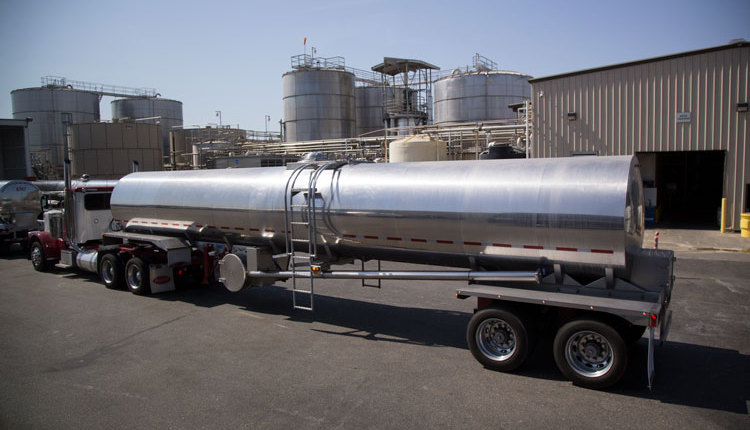
On August 14, the Texas Department of State Health Services (Texas DSHS) issued a Brucellosis Health Alert. A female patient had been diagnosed with brucellosis and hospitalized after exhibiting symptoms of fever, muscle and joint pain, and fatigue. Brucellosis is a contagious disease of both animals (Contagious abortion or Bang’s disease) and humans (Undulant fever or Malta fever), making it a zoonotic disease that crosses from animals to humans. Brucellosis is caused by infection with a strain of the bacteria Brucella.
As they investigated, Texas DSHS determined that unpasteurized or “raw” milk consumption was the “most probable” cause. The patient had been consuming milk from a licensed “Raw for Retail” dairy in Paradise, Texas, which is located just northwest of Fort Worth.
In the process of investigating the illness, Brucella was found in raw milk samples from the dairy. The Center for Disease Control (CDC) later identified the strain of Brucella as RB 51, which is the strain in the vaccine used in cattle. This strain is only identified with blood cultures, not serological testing.
Both CDC and Texas DSHS have been tracking down people who might have consumed the product. People from over 800 different households have been identified as possibly consuming the unpasteurized milk. Not only have Texas residents been impacted, but as of mid-September people in Alabama, Arkansas, California, Ohio, North Dakota, and Tennessee have been reported to have drank the milk and had symptoms consistent with brucellosis resulting from exposure to RB 51.
One of the difficulties of treating patients infected with the RB51 strain of Brucella is that it is resistant to both rifampin and penicillin. Anybody who drank milk from the dairy between June 1 and August 7 should consult their doctor regarding their potential exposure, according to CDC. They also advise doctors to prescribe prophylactic treatment with antibiotics for those exposed.
Cases such as this bring up the need to review dairy herd health protocols. Although brucellosis is nearly eradicated in the U.S., brucellosis still exists in bison and elk in the Greater Yellowstone Area. Some Western states require heifers moving to them be vaccinated, consequently many dairy producers continue to vaccinate. Since a consumer has become ill, it’s time to revisit brucellosis vaccination.
Currently, heifers are vaccinated with RB 51 as an aid in prevention of B. abortus. Vaccination reduces the risk, but does not always prevent abortions. Vaccination is limited to the ages of 4 to 12 months in heifers and must be administered by an accredited veterinarian. In special circumstances, adult cattle can be vaccinated in some states. Avoid vaccinating pregnant animals.
The bacterial strain involved in this vaccine has an affinity for the bovine placenta and has been associated with placental infection and abortion. This can be a risk to humans assisting with calf delivery from dams that were vaccinated while pregnant. And as illustrated in the Texas case, drinking unpasteurized milk can result in human infection as well.
For additional insight click the article title:
CDC and Texas Health Officials Warn About Illness Linked to Raw Milk from Texas Dairy
Unpasteurized milk recall from Wise County dairy








